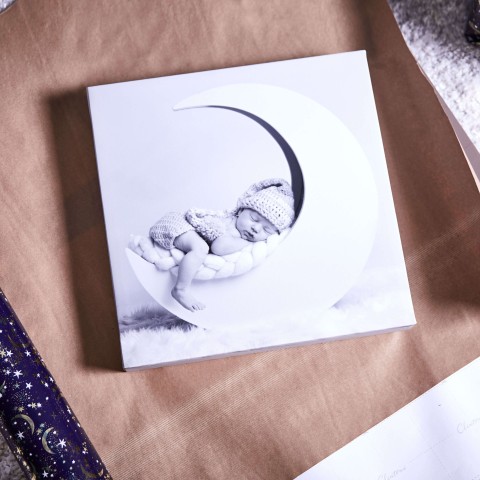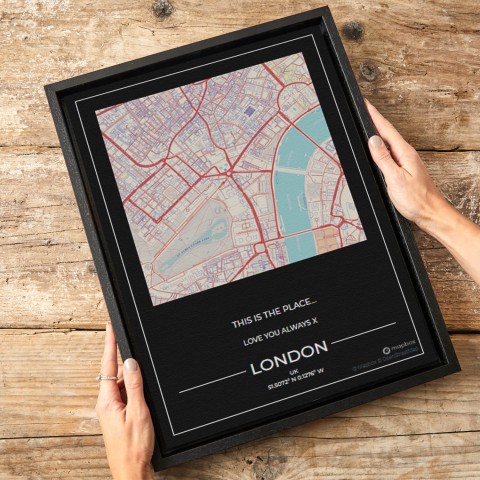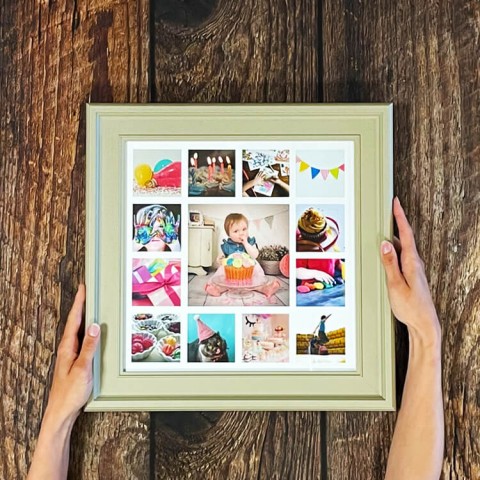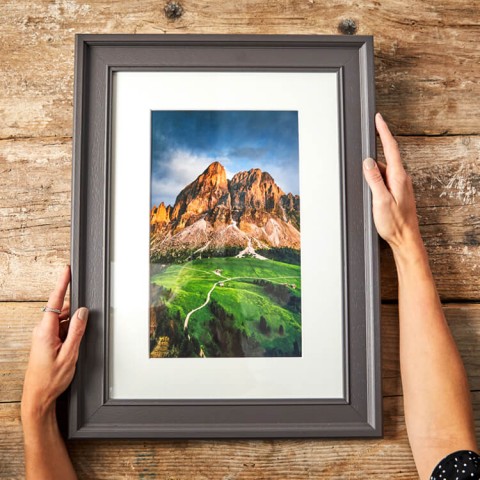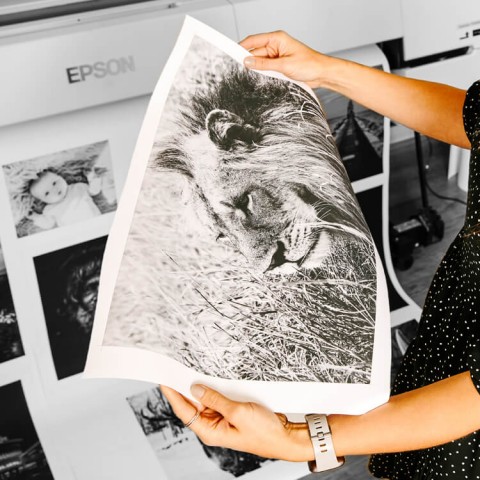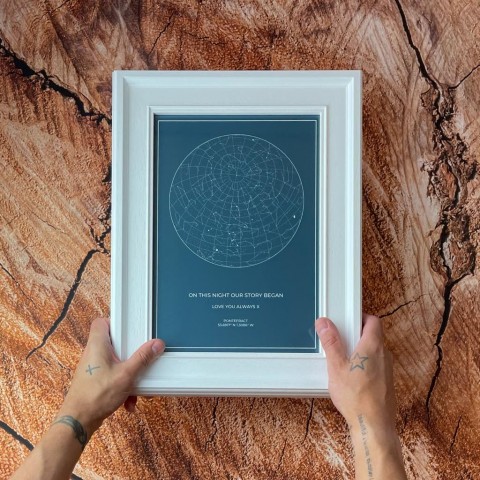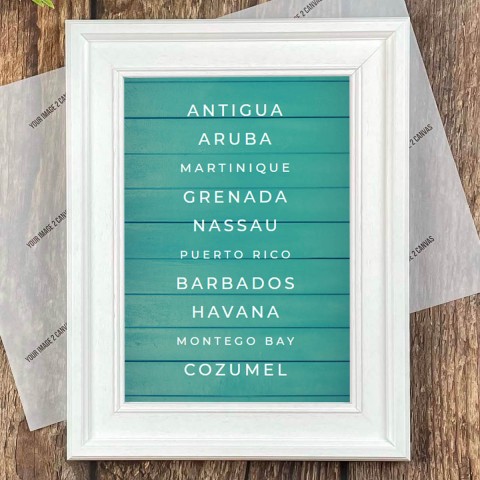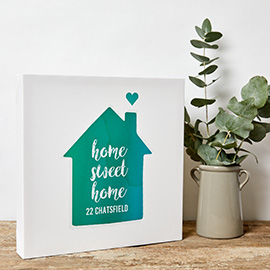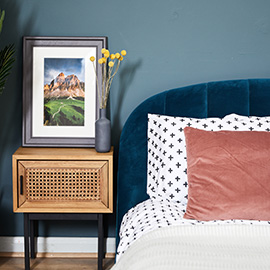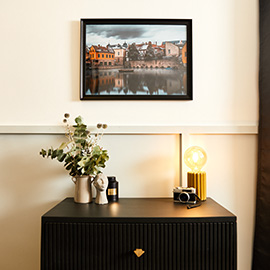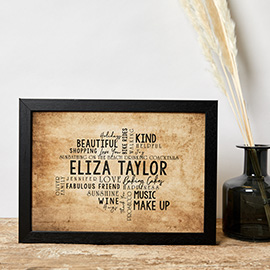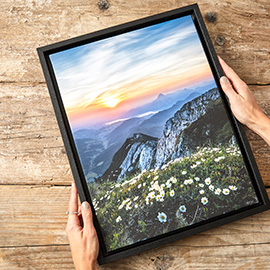Off-camera flash on location – part 2
During the past year on this blog we’ve spoken at length about getting your flash off-camera, and last week we discussed the creative possibilities that open up when you take your speedlights and modifiers on location. With the portability of small flashes, and lightweight modifiers and stands, it’s possible to turn almost any environment into a location for a photoshoot. This week we’ll give you some ideas for cool places to shoot so that your canvases really stand out from the crowd.
The obvious places
Don’t rule out doing your first couple of shoots in your own garden. While you’re getting used to using your new gear and balancing the light, you might feel more comfortable away from the public gaze. It helps if you have a decent sized space with some interesting backgrounds – trees, for example – but anything can work for practice.
Next you might want to try the local park. Think of this as an extension of your garden, but with dozens more cool spots to try. The downside is that it’s likely to be busier, so make sure your gear is well sandbagged to prevent accidents.
By the water
Local canals, rivers and lakes make for stunning backgrounds to your people-centric images. Canals often have locks and other areas of interest, but the canal itself can be used to create interesting leading lines in your shots. Rivers and lakes are more organic and lend themselves to producing softer story-telling pictures.
Urban
Areas of urban decay such as old abandoned buildings and playgrounds are always popular for gritty shoots, but we don’t condone trespassing, so please make sure that you have permission and that the area is safe.
Photo walk
A great way to scout for locations is to pick up your camera and go for a stroll. The advantage of this is that you can try out compositions as you walk and take notes on how the light is falling – especially if you do your walk at the same time of day as you’ll be shooting.
The light is everything
Look for areas of open shade. Because you’ll be limited by the sync speed of your camera and triggers, it’s quite hard to shoot in harsh sunlight without lots and lots of power – something you won’t get from your speedlights – so shooting later in the evening or in shaded areas is essential. The advantage of shooting later in the day is that you may have some beautiful golden hour light to play with.


